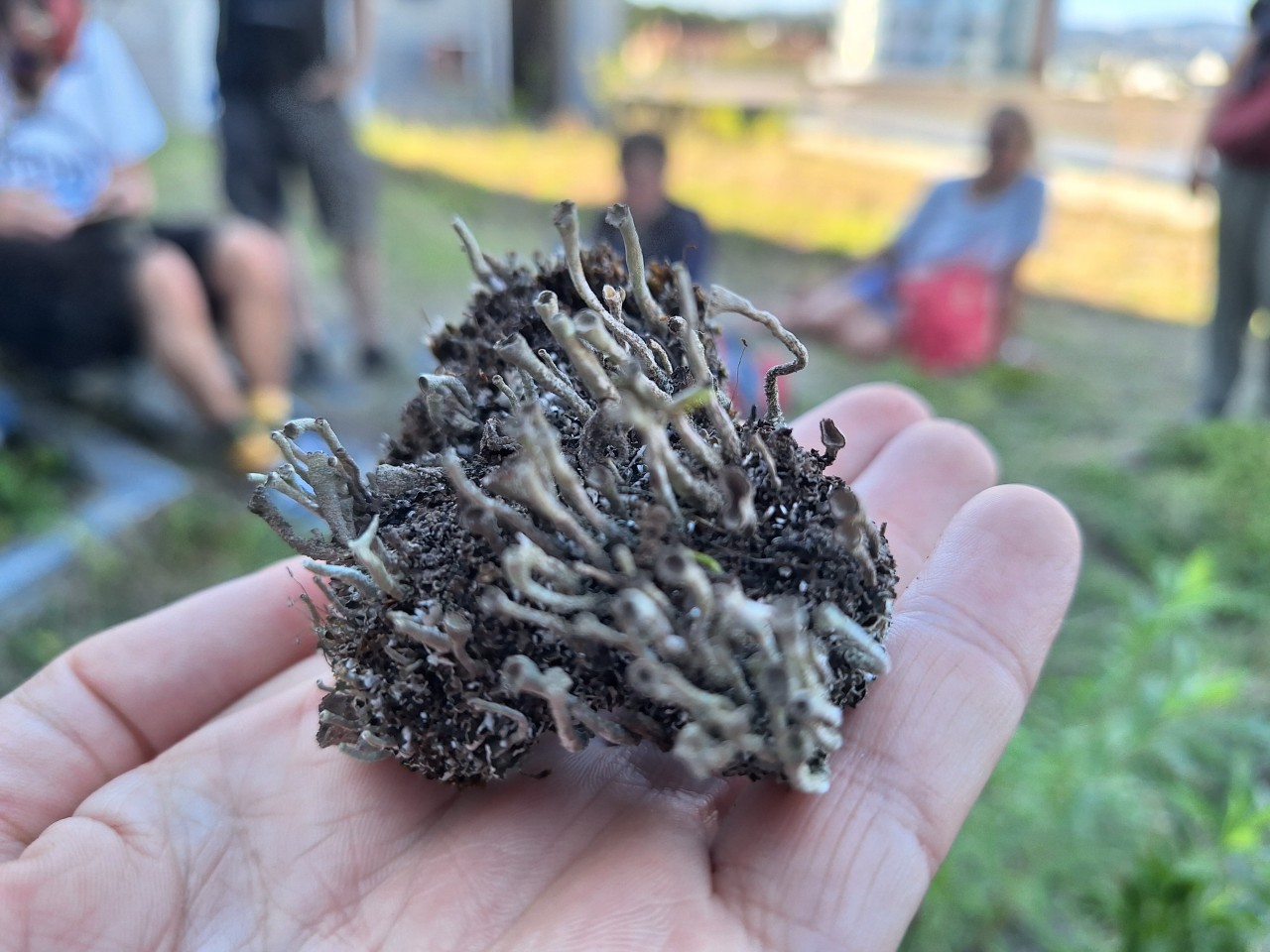Is it strange to live still optimistically and in hope in times of the polycrisis? This question was posed at this year's Ars Electronica Festival in Linz with the theme HOPE. We attended the festival in early September, and in this blog, we'll briefly discuss the workshop "Plant Life on the POSTCITY Roof" led by botanist Friedrich Schwarz.
Together, we explored the roof of the POSTCITY in Linz to discover the plants thriving there. Friedrich Schwarz is part of the Naturschutzbund and has been researching Austrian plants for many years, including urban areas for their biodiversity. He found that cities have a higher biodiversity than one would initially expect and often even higher than rural, intensively farmed areas.

How species adapt to human infrastructure
For humans, rows of concrete buildings are associated with a dreary, nature-poor atmosphere - for animals, however, they are often nothing else than a rocky landscape, says Schwarz. Birds and bats that live in rocky areas have also chosen the city as their habitat. But foxes, squirrels and badgers also live in, or close to, the city. There was also a pleasant and interesting discovery on an abandoned industrial site in Linz: the most endangered amphibian species in Austria, the green toad, uses depressions created by truck tracks that fill up with rain as spawning waters, explains the botanist. The green toad needs rapidly forming bodies of water. In the past, these were pools created in floodplains - but the regulation of rivers has led to an enormous decline in these habitats. If the conditions are right, species can adapt to human infrastructure without us intending it.
Schwarz told us about another surprise: reindeer lichen, which is actually very sensitive to air pollutants, has colonized the green POSTCITY roof in Linz. According to air measurements, they should not be growing there. But they do, to the complete incomprehension of Schwarz and the lichen experts he talked to.
Citizen Science Biodiversity Monitoring
Despite this hopeful interpretation of the urban habitat for animals, Schwarz emphasizes several times that the biodiversity crisis is an immense problem that is linked to the climate crisis on the one hand, but on the other hand is all too often hidden behind it. A big problem is land which is intensively farmed. Because he mentioned the green toad, we brought up the AmphiBiom Citizen Science project at BOKU University. In this project, citizens can help to record the endangered toad in Austria and support scientists to draw conclusions about their occurrence and populations. However, in the AmphiApp, every observations of amphibians can be shared. For Friedrich Schwarz citizen science initiatives are particularly valuable and helpful – when monitoring biodiversity, there is a higher chance to be able to take action and helping species.
But do we truly understand nature and ecosystems well enough? Do we have the ability to protect or destroy them at will? According to Schwarz, the answer is clear: for many species, we know the specific habitats they rely on and there are possibilities to support them.
By working with citizens to monitor these environments, we can gain a stronger awareness of their occurance and potentially take steps to protect and support them. Additionally, Citizen Science projects often go beyond just data collection – many times, they take a more hands-on approach. In the AmphiBiom project e.g., selected participants in Austria were provided with small ponds for their gardens. These participants monitor the development of wildlife in their ponds in the AmphiApp, as well as creating habitats for species like the endangered green toad.
Participating in Citizen Science Projects
There are numerous Citizen Science Apps on the SPOTTERON platform - from monitoring crows in the KraMobil App, all kinds of plant species in the Nature's Calendar App, to invasive species in the IPM App! And as the workshop explained once more: for monitoring biodiversity, we do not have to leave the city, but be aware what is living just around us.
Interested in a custom Smartphone App, new App features or graphics for your Citizen Science project? Reach out to us – we'd be happy to share more details!
